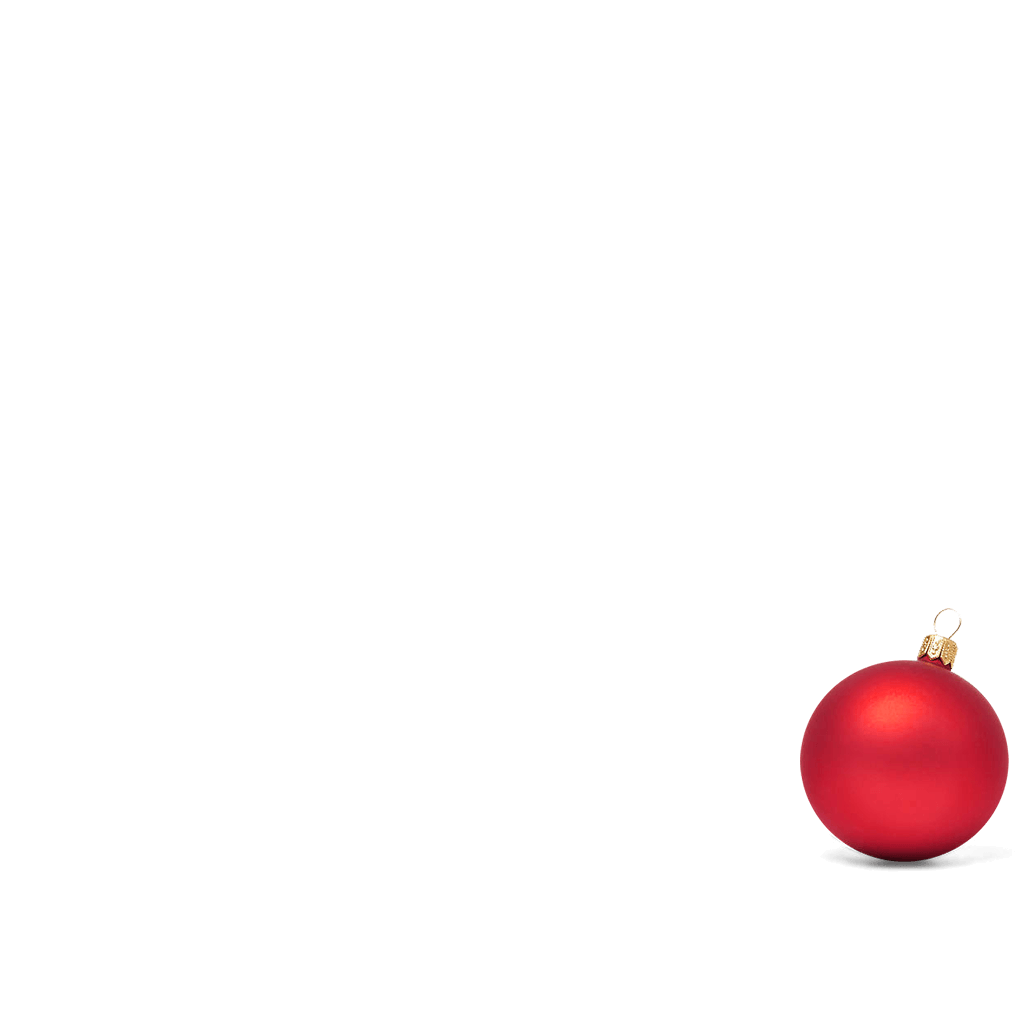Publications
Scholarly Journals--Published
- Does the Phase-One Functional Therapy Increase the Risk of an External Apical Root Resorption Following the Phase-Two Fixed Orthodontic Treatment? A Pilot Study Sara Eslami 1,* , Jakob Stuhlfelder 1 , Suh-In Rhie 2, Sarah Bu¨hling 1, Mauricio Gonzalez Balut 3,Ludovica Nucci 4Abdolreza Jamilian 5,6 and Babak Sayahpour 1 Dentsitry Journal https://doi.org/10.3390/dj13030095 Abstract: Background: This retrospective study aimed to analyze the frequency and extent of apical root resorptions (EARR) during orthodontic treatment in the upper and lower incisors, as well as lower molars, using orthopantomograms (OPG). Potential influencing factors such as age, gender, root shape, type of orthodontic appliance, and treatment dura- tion were examined as well. Methods: A total of 57 patients who completed their treatment at the orthodontic department of the Goethe University of Frankfurt between 2011 and 2018 were included in the study. These patients had a combined total of 570 teeth, which were di- vided into two groups. Group 1 consisted of 20 patients (average age at T0: 10.1 ± 1.2 years old) received a one-phase fixed orthodontic treatment using passive self-ligating Damon bracket system (average duration of 2.1 years ± 6 months), while group 2 consisted of 37 patients (average age at T0: 12.4 ± 2.8 years old) underwent a two-phase therapy, which involved a phase-one functional therapy (average duration of 1.7 years ± 6 months) prior to the phase-two fixed orthodontic treatment with the Damon system (average duration of 1.5 ± 4 months) with a total treatment time of 3.2 years ± 7 months. To determine the extent of post-treatment root resorption of the upper and lower incisors, as well as the first lower molars, crown–root ratio was calculated for each tooth using the pre- and post- treatment OPGs. Additionally, each tooth was assigned a degree of resorption according to the Levander and Malmgren classification. The inter-group comparisons were conducted using the Wilcoxon Mann–Whitney U test. Spearman’s correlation analysis was used to assess the relationship between age, treatment duration, and EARR. The association between gender, root morphology, and EARR was evaluated using the Wilcoxon Mann– Whitney U test. For nominally scaled variables, the Chi-square test was used. The statistical significance was set at p < 0.05. Results: No statistically significant differences were seen between groups 1 and 2 regarding the degree of root resorption (p = 0.89). The study found that the average root resorption for all examined teeth was −5.14%, indicating a slight reduction in the length of the tooth roots after orthodontic treatment. However, no significant differences were observed concerning gender, age, type of orthodontic appliance or treatment duration. Comparisons between upper and lower jaws also did not yield statistically significant differences. The majority of teeth in the study exhibited a normal Department of Orthodontics, Johann-Wolfgang Goethe University, 60596 Frankfurt am Main, Germany; [email protected] (J.S.); [email protected] (S.B.); [email protected] (B.S.)MIRKHYL DENTALWELT, Bad Vilbel Frankfurter Straße 47, Bad Vilbel, 61118 Frankfurt am Main, Germany Department of Orthodontics and Dentofacial Orthopedics, Loma Linda University, San Bernadino, CA 92408, USA; [email protected] Department of Medical-Surgical and Dental Specialties, University of Campania Luigi Vanvitelli, 80131 Naples, Italy; [email protected] of Orthodontics, Dental School, Tehran Islamic Azad University of Medical Sciences, Tehran 19395-1495, Iran; [email protected] of London Dental School, University of Greater Manchester, Bolton BL3 5AB, UK 6* Correspondence: [email protected] Academic Editor: Timothy L. Hottel Received: 11 December 2024 Revised: 17 February 2025 Accepted: 21 February 2025 Published: 24 February 2025 Citation: Eslami, S.; Stuhlfelder, J.; Rhie, S.-I.; Bu¨hling, S.; Balut, M.G.; Nucci, L.; Jamilian, A.; Sayahpour, B. Does the Phase-One Functional Therapy Increase the Risk of an External Apical Root Resorption Following the Phase-Two Fixed Orthodontic Treatment? A Pilot Study. Dent.J.2025,13,95. https://doi.org/ 10.3390/dj13030095 Copyright: © 2025 by the authors. Licensee MDPI, Basel, Switzerland. This article is an open access article distributed under the terms and conditions of the Creative Commons Attribution (CC BY) license (https://creativecommons.org/ licenses/by/4.0/). Dent. J. 2025, 13, 95 https://doi.org/10.3390/dj13030095 Dent. J. 2025, 13, 95 2 of 12 root shape. The short root length and a pipette formed roots were significantly associated with a higher risk of root resorption (p = 0.001). Conclusions: The study’s findings suggest that the two-phase orthodontic treatment does not increase the risk of EARR compared to one-phase therapy significantly. Some degree of root resorption occurred as a result of orthodontic treatment in both groups. Notably, abnormal root forms were identified as influential factors that could help predict the likelihood of root resorption following orthodontic treatment. (02/2025)
- "The perception of facial esthetics with regard to different buccal corridors and facial proportions" Babak Sayahpour1, Sara Eslami1, Brenda Schulz2, Mauricio Gonzalez Balut3, Nicolas Plein1, Vincenzo Grassia Ludovica Nucci APOS Trends in Orthodontics DOI 10.25259/APOS_105_2024 ABSTRACT Objectives: The aim of the study was to examine the effects of buccal corridor width on the perception of facial esthetics and to determine the ideal buccal corridor size. It also aimed to determine the influence of facial shape or gender on the ideal size of buccal corridors and whether there are differences in perception between laypeople and dental professionals (LPs and DP). Material and Methods: One female and one male study model were selected and photographed in portrait format. Using Photoshop, a total of 30 digitally manipulated images were generated from the original photographs, representing five different buccal corridor sizes (2%, 10%, 15%, 22%, and 28%) and three different facial shapes (dolichol-, normo-, and brachyfacial). Two groups of LP and DP evaluated the images. Each group consisted of 20 male and 20 female participants with a mean age of 30.33 ± 5.19 (LP) and 32.03 ± 4.43 (DP). Descriptive statistics, Wilcoxon sign-rank test, Mann–Whitney U-test, and Bonferroni correction were then used to assess the significance of the data, which identify differences between genders and the impact of facial form. Results: The buccal corridor width was found to influence the facial and smile esthetics. The 2% buccal corridor proved to be the best-rated size and stood out from the other sizes in most face shapes with a significance of P < 0.004. A difference in the evaluation between the DP and LP could not be found. Conclusion: Large buccal corridors seem to affect facial esthetics negatively. The results of the present study suggest an ideal value of the buccal corridor at 2%. (07/2024)
- "Impact of Dental Midline Shift on the Perception of Facial Attractiveness in Young Adults" Babak Sayahpour , Sara Eslami , Ralf Usherenko, Abdolreza Jamilian, Mauricio Gonzalez Balut, Nicolas Plein, Vincenzo Grassia, Ludovica Nucci. Journal of Dental Medicine https://doi.org/10.3390/jcm13133944 Abstract: Background/Objectives: The aim of this study was to quantify the threshold of a dental midline shift that would compromise facial attractiveness and indicate a need for treatment from the points of view of laypeople and dental professionals. Methods: Whole-face natural photographs of a male and a female model were digitally manipulated to create various degrees of upper and lower dental midline shifts through bodily movement of the upper or lower midlines as well as alteration of the axial inclination of the upper teeth. The samples were then assessed by two groups of observers (laypeople (LP) and dental professionals (DP)). Results: The lower midline shift did not negatively affect the DP and LP’s perceptions of smile attractiveness. The first significant loss of attractiveness was registered by the DP with an upper midline shift of 1 mm in the female model. However, the LP registered this at 2 mm. The DP registered the necessity of treatment at a threshold of 2 mm in the female model and 3 mm in the male model. LP identified the need for treatment at 3 mm for both males and females. The female model was judged more critically than her male counterpart by both female and male observers. Conclusions: DP assess the midline deviation more critically than LP. Both DP and LP were more sensitive to midline deviations in the female model regardless of their own gender. Both groups registered the need for treatment at a higher threshold than the reduction in smile attractiveness. (07/2024)
Scholarly Journals--Submitted
- "Impact of Dental Midline Shift on the Perception of Facial Attractiveness in Young Adults" Authors: Babak Sayahpour 1 , Sara Eslami 1,* , Ralf Usherenko 2, Abdolreza Jamilian 3,4 , Mauricio Gonzalez Balut 5, Nicolas Plein 1, Vincenzo Grassia 6 and Ludovica Nucci 6 Journal of dental Medicine Abstract: Background/Objectives: The aim of this study was to quantify the threshold of a dental midline shift that would compromise facial attractiveness and indicate a need for treatment from the points of view of laypeople and dental professionals. Methods: Whole-face natural photographs of a male and a female model were digitally manipulated to create various degrees of upper and lower dental midline shifts through bodily movement of the upper or lower midlines as well as alteration of the axial inclination of the upper teeth. The samples were then assessed by two groups of observers (laypeople (LP) and dental professionals (DP)). Results: The lower midline shift did not negatively affect the DP and LP’s perceptions of smile attractiveness. The first significant loss of attractiveness was registered by the DP with an upper midline shift of 1 mm in the female model. However, the LP registered this at 2 mm. The DP registered the necessity of treatment at a threshold of 2 mm in the female model and 3 mm in the male model. LP identified the need for treatment at 3 mm for both males and females. The female model was judged more critically than her male counterpart by both female and male observers. Conclusions: DP assess the midline deviation more critically than LP. Both DP and LP were more sensitive to midline deviations in the female model regardless of their own gender. Both groups registered the need for treatment at a higher threshold than the reduction in smile attractiveness. (05/2024)
- The perception of facial esthetics with regard to different buccal corridors and facial proportions. Authors: Babak Sayahpour , Sara Eslami , Brenda Schulz , Mauricio Gonzalez Balut , Nicolas Plein , Vincenzo Grassia and Ludovica Nucci APOS Trends in Orthodontics Aim: The aim of the study was to examine the effects of buccal corridor width on the perception of facial esthetics and to determine the ideal buccal corridor size. Another aim was to determine the influence of the facial shape or gender on the ideal size of buccal corridors and whether there are differences in perception between laypeople and dental professionals.Materials and methods: One female and one male study model were selected and photo-graphed in portrait format. Using Photoshop, a total of 30 digitally manipulated images were generated from the original photographs, representing five different buccal corridor sizes (2%, 10%, 15%, 22% and 28%) and three different facial shapes (dolichol-, normo- and brachyfacial). The images were evaluated by two groups of laypeople (LP) and dental professionals (DP). Each group consisted 20 male and 20 femaleparticipantswithmeanageof 30.33 $5.19(LP)and 32.03 4.43(DP). Descriptive statistics, Wilcoxon sign-rank test, Mann-Whitney Utest, and Bonferroni correction were then used to assess the significance of the data, identify differences between genders and the impact of facial form.Results: The buccal corridor width was found to have an influence on the facial and smile esthetics. The 2% buccal corridor proved to be the best rated size and stood out from the other sizes in most face shapes with a significance of p < 0.004. Adifference in the evaluation between the DP and LP could not be found.Conclusion: Large buccal corridors seem to negatively affect the facial esthetics. The results of the present study suggest an ideal value of the buccal corridor at 2%. (04/2024)










